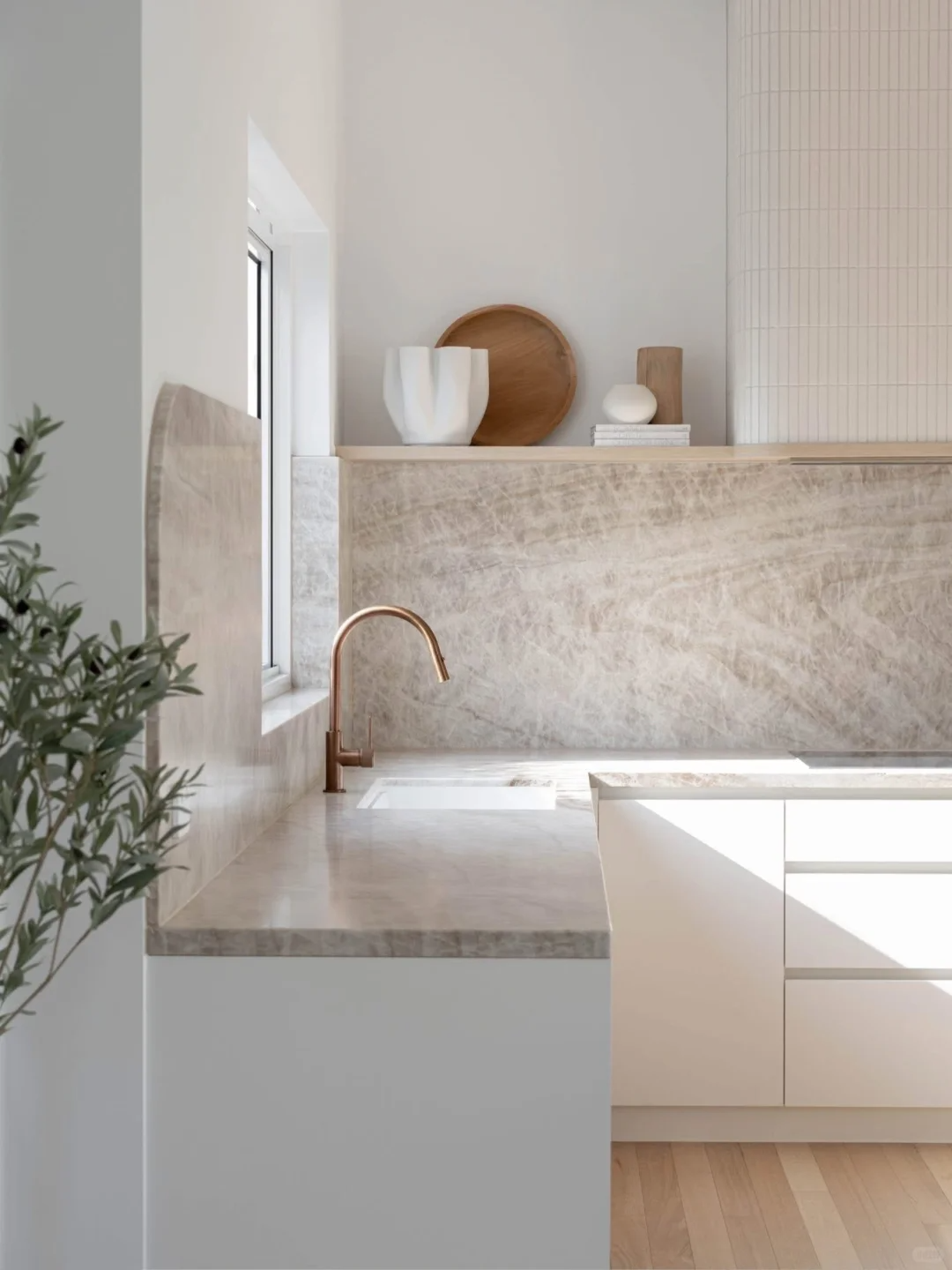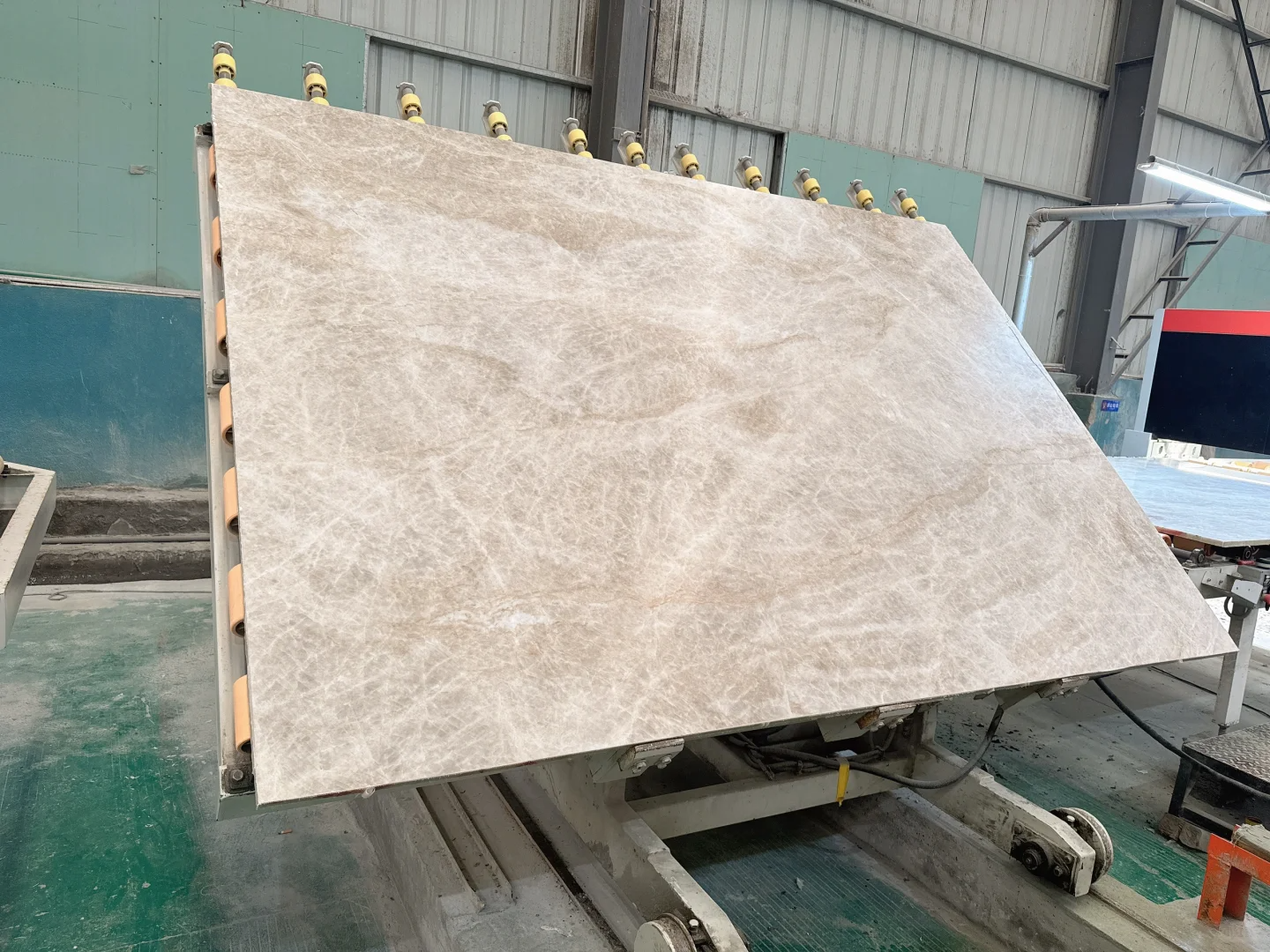Transform Your Home Project with Taj Mahal Quartzite: A Basic Guide
Taj Mahal Quartzite has become a go-to choice for homeowners looking to add elegance and durability to their home projects. With its warm, creamy tones and subtle natural patterns, this stone brings a timeless beauty that works with nearly any design style—from modern to traditional. Whether you’re updating a kitchen, remodeling a bathroom, or creating a focal point in your living room, Taj Mahal Quartzite can elevate your space while standing up to daily life. This basic guide will walk you through everything you need to know to use Taj Mahal Quartzite successfully in your next home project.
What Is Taj Mahal Quartzite?
Taj Mahal Quartzite is a type of natural stone formed deep underground over millions of years. It starts as sandstone, which is then transformed by intense heat and pressure into a hard, crystalline rock. What makes it special is its unique appearance: soft beige and cream base colors with gentle veining in shades of white, gray, or light gold. These natural patterns are created by mineral deposits during its formation, making each piece of Taj Mahal Quartzite one-of-a-kind.
Unlike man-made materials like quartz, which are engineered with resin and stone chips, Taj Mahal Quartzite is 100% natural. This means no two slabs or tiles will look exactly the same, adding character and uniqueness to your home project. Its hardness and resistance to wear also make it a practical choice for high-traffic areas, combining beauty with functionality.
Why Choose Taj Mahal Quartzite for Your Home Project?
Taj Mahal Quartzite offers several key benefits that make it a smart choice for home projects:
Timeless Beauty
The soft, neutral tones of Taj Mahal Quartzite have a classic appeal that never goes out of style. Its subtle veining adds depth without being too bold, making it easy to pair with other materials. Whether you have white cabinets, dark wood furniture, or colorful decor, Taj Mahal Quartzite complements a wide range of colors and styles, ensuring your project will look elegant for years to come.
Durability for Daily Use
Taj Mahal Quartzite is extremely hard, with a Mohs hardness rating of 7 (on a scale where diamonds are 10). This means it resists scratches from knives, keys, or heavy cookware—perfect for busy kitchens or family spaces. It also handles heat well, so placing a hot pot or pan directly on the surface won’t cause damage (though using a trivet is still a good habit). Unlike marble, which etches easily from acidic spills, Taj Mahal Quartzite is more resistant to stains, especially when properly sealed.
Versatility Across Projects
Taj Mahal Quartzite works in almost any area of the home, making it a versatile choice for various projects. From countertops and backsplashes to flooring and fireplace surrounds, it adapts to different uses while maintaining its beauty. This versatility lets you create cohesive designs—for example, using the same stone for kitchen countertops and a bathroom vanity to tie your home’s style together.
Adds Value to Your Home
Natural stone surfaces like Taj Mahal Quartzite are highly desirable among homebuyers. Installing it in key areas like kitchens or bathrooms can increase your home’s resale value. Its durability and timeless look make it a long-term investment that potential buyers will appreciate, setting your home apart from others on the market.

Best Home Projects for Taj Mahal Quartzite
Taj Mahal Quartzite shines in a variety of home projects. Here are the most popular ways to use it:
Kitchen Countertops
The kitchen is often the heart of the home, and Taj Mahal Quartzite countertops instantly upgrade its look. Its creamy base pairs beautifully with white or light gray cabinets, creating a bright, airy feel. For a warmer vibe, it complements wood cabinets in oak, maple, or walnut tones. A large Taj Mahal Quartzite island can become the focal point of the kitchen, offering ample workspace while adding a touch of luxury. Its resistance to stains and heat makes it ideal for cooking and dining areas.
Bathroom Vanities
In bathroom remodels, Taj Mahal Quartzite adds a spa-like elegance to vanities. Its light color makes small bathrooms feel more spacious, while its smooth surface is easy to clean. A honed (matte) finish is a great choice here, as it hides water spots better than a polished finish. Pair it with neutral tiles, glass shower doors, or brass fixtures for a cohesive, high-end look that turns your bathroom into a relaxing retreat.
Fireplace Surrounds
A Taj Mahal Quartzite fireplace surround transforms a living room into a cozy gathering spot. Its warm tones complement the glow of a fire, creating a welcoming atmosphere. Whether your style is modern (with a polished finish) or rustic (with a honed finish), the stone’s natural patterns add texture and interest. It’s heat-resistant, so it holds up well to years of use, making it both beautiful and practical.
Backsplashes
For a unified kitchen design, use Taj Mahal Quartzite for both countertops and backsplashes. Smaller tiles or slab pieces create a seamless look that ties the space together. Subway tiles or mosaic patterns add subtle detail without overwhelming the room, letting the stone’s natural beauty shine through.
Flooring
Taj Mahal Quartzite flooring adds elegance to entryways, hallways, or living rooms. Its durability stands up to foot traffic, while its neutral color hides dust and scuffs. A honed or leathered finish provides traction, making it safe for busy areas. Large-format tiles create a clean, open look, while smaller tiles can be arranged in patterns like herringbone for added style.
How to Choose the Right Taj Mahal Quartzite for Your Project
Selecting the perfect Taj Mahal Quartzite for your home project requires a few key steps:
View Samples in Person
Never choose Taj Mahal Quartzite based only on photos. Visit a stone yard to see full slabs, as patterns and colors can vary. Some slabs have subtle, wispy veins, while others have more pronounced lines—choose the one that fits your style. Look for a slab with a consistent color flow; avoid those with abrupt, jarring changes in tone, which can look uneven in your space.
Check for Quality
Inspect the stone for cracks, chips, or large pores. Small, natural pits are normal in quartzite, but deep cracks or uneven edges can weaken the stone over time. Run your hand over the surface to ensure it’s smooth, with no rough spots that could trap dirt or grime.
Choose the Right Thickness
Taj Mahal Quartzite comes in two common thicknesses:
- 2 cm (¾ inch): Suitable for smaller projects like bathroom vanities or backsplashes. It’s lighter and more affordable but may need plywood backing for support.
- 3 cm (1¼ inches): Best for countertops, islands, and fireplace surrounds. It’s sturdier, doesn’t require backing, and has a more substantial, high-end look—ideal for larger projects.
Pick a Finish
The finish affects both the look and maintenance of your Taj Mahal Quartzite:
- Polished: A shiny, reflective finish that enhances the stone’s color and veining. It’s sleek and modern but shows fingerprints and water spots more easily. Great for low-traffic areas or formal spaces.
- Honed: A matte, smooth finish that reduces glare and hides smudges. It’s more casual and forgiving, making it perfect for family kitchens, bathrooms, or high-traffic areas.
Installation and Care Tips
Proper installation and maintenance keep your Taj Mahal Quartzite looking beautiful for years:
Hire Professional Installers
Taj Mahal Quartzite is heavy and requires precise cutting, so hire experienced stone installers. Look for professionals with a portfolio of natural stone projects and ask for references. They’ll ensure the stone is supported correctly, seams are tight, and the surface is sealed properly.
Seal Regularly
Sealing protects Taj Mahal Quartzite from stains and moisture. Most installers apply a sealer after installation, but you’ll need to reseal every 12–18 months (more often in wet areas like bathrooms). To test if it’s time, drop water on the surface—if it soaks in quickly, reseal. Use a high-quality stone sealer and follow the product instructions.
Daily Care
Clean spills immediately with a soft cloth and warm, soapy water. Avoid acidic cleaners (like vinegar, lemon, or ammonia), as they can dull the finish. Use cutting boards to prevent scratches and trivets under hot items to protect the surface. For floors, sweep or vacuum regularly to remove dirt that could scratch the stone.
FAQ
Is Taj Mahal Quartzite expensive?
It’s mid-to-high range, with prices ranging from $60–$110 per square foot (including installation). Costs depend on thickness, finish, and slab size, but its durability makes it a long-term investment.
How does it compare to marble?
Taj Mahal Quartzite looks similar to marble but is much more durable. Marble etches easily from acidic spills, while quartzite resists stains and scratches better. It’s also more heat-resistant than marble.
Can Taj Mahal Quartzite be used outdoors?
Yes, but only in covered areas like patios or outdoor kitchens. Uncovered exposure to rain, snow, or extreme temperatures can damage it over time. Proper sealing helps protect it from moisture.
Does Taj Mahal Quartzite fade in sunlight?
No, its natural colors are stable and won’t fade from sunlight, making it safe for sunny rooms or covered outdoor spaces.
How long does Taj Mahal Quartzite last?
With proper care and sealing, it can last 20–30 years or more, making it a durable choice for home projects.

